-
Our ProductsLoansCardsInsuranceInvestmentsStock MarketElectronics MallCIBIL ScoreKnowledge CentreAcademyCalculators
- Our Services
- My Account
- Discover
Dollar-Cost Averaging: Does It Work in India
Market volatility is a common concern for most investors, especially those with a low to moderate risk appetite. One popular strategy to manage market fluctuations and build long-term wealth is dollar-cost averaging (DCA). While the term originates from the US, the concept applies globally — including in the Indian stock market. This approach involves investing a fixed amount at regular intervals, regardless of market conditions. Over time, this method can potentially lower the average purchase cost and smoothen the investment journey. In this article, we explore the mechanics of DCA, its advantages and limitations, and whether it fits within the Indian market environment.
What Is Dollar-Cost Averaging (DCA)
Dollar-cost averaging is an investment technique where you invest a fixed sum of money into a particular asset at regular intervals over time, regardless of its price.
For example, if an investor commits ₹5,000 every month into an equity mutual fund, they will purchase more units when prices are low and fewer units when prices are high. This leads to an averaging out of the cost per unit over time, potentially reducing the impact of market volatility.
How Dollar-Cost Averaging Works
The principle behind DCA is simple: consistency over timing. Here’s how the method functions in practice:
Fixed Investment Amount: Investors decide a set amount to invest periodically — say, monthly or quarterly.
Automatic Investments: These investments continue regardless of whether the market is up or down.
Averaging the Cost: When markets dip, more units are bought. When markets rise, fewer units are bought — helping average the investment cost.
Rupee Cost Averaging: In India, DCA is often referred to as “rupee cost averaging” but follows the same core principle.
This strategy removes the need to predict market highs or lows, which is often difficult even for seasoned investors.
Examples of Dollar-Cost Averaging
To illustrate how DCA works, consider the following:
| Month | NAV (₹) | Investment (₹) | Units Purchased |
|---|---|---|---|
| Jan |
50 |
5,000 |
100.00 |
| Feb |
40 |
5,000 |
125.00 |
| Mar |
45 |
5,000 |
111.11 |
| Apr |
60 |
5,000 |
83.33 |
Over four months, a total of ₹20,000 is invested and 419.44 units are purchased, bringing the average cost to approximately ₹47.68 per unit — lower than some individual month’s NAV.
This table shows how investing in both rising and falling markets can help reduce the average cost per unit over time.
DCA vs Lump Sum Investing
Choosing between DCA and lump sum investing depends on various factors, such as market outlook, investment horizon, and risk tolerance.
Key Differences
Consider the following table highlighting the key differences between dollar-cost averaging and lump sum investing:
| Factor | Dollar-Cost Averaging | Lump Sum Investing |
|---|---|---|
| Timing Risk |
Reduced |
Higher |
| Market Dependency |
Less reliant on market timing |
Highly reliant on entry point |
| Cash Flow |
Suited for periodic savings |
Requires large upfront capital |
| Risk Management |
Lower risk, gradual entry |
Can yield better returns if timed well |
DCA provides more emotional comfort during volatile periods, making it a popular choice for beginners and salaried individuals with a monthly income flow.
Benefits of Dollar-Cost Averaging in India
In the Indian context, DCA offers multiple advantages that align well with local investment behaviour and economic realities:
Aligns With Monthly Income
Most Indian investors earn monthly salaries. Regular SIP (Systematic Investment Plan) contributions are essentially DCA in action, making this strategy easy to implement.
Reduces Emotional Decision-Making
DCA removes the urge to wait for “the right time” to invest, which often leads to missed opportunities. It promotes discipline and consistency.
Useful in Volatile Markets
Given the inherent volatility in equity markets, DCA helps mitigate the impact of sudden market corrections and rallies.
Encourages Long-Term Investing
Because it relies on a routine, DCA encourages long-term commitment — a critical success factor in equity investing.
Limitations of Dollar-Cost Averaging
While DCA has its benefits, it may not always outperform other strategies. Some limitations include:
Lower Returns in Bull Markets: During a prolonged market rally, a lump sum investment may outperform DCA due to early capital deployment.
Doesn’t Eliminate Market Risk: While it smoothens volatility, it doesn’t protect against prolonged market downturns.
May Delay Full Potential: Investors sitting on large sums may delay full exposure to high-performing markets if they stick strictly to DCA.
Understanding when and how to use DCA effectively is key to optimising returns.
Is DCA the Same as SIP
In India, SIPs offered by mutual funds are the most common example of DCA. However, the terms are not entirely interchangeable:
DCA: A broader strategy applicable to any asset class, including stocks, ETFs, and mutual funds.
SIP: A product-specific feature offered by mutual funds, usually used for investing in schemes at regular intervals.
So, while all SIPs are examples of DCA, not all DCA strategies are SIPs.
When to Use Dollar-Cost Averaging
Dollar-cost averaging can be effective in various scenarios:
For New Investors: Those unsure about timing the market can benefit from DCA’s systematic approach.
During Volatility: In periods of market swings, DCA ensures consistent participation without emotional interference.
For Goal-Based Investing: DCA works well for building wealth over time for long-term goals such as retirement, home purchase, or children’s education.
Conclusion
Dollar-cost averaging offers a structured, disciplined, and emotionally neutral way of investing in the Indian stock market. By spreading investments across time, it helps reduce the impact of volatility and builds long-term investing habits. While it may not maximise returns in every scenario, it provides a steady path to wealth creation — especially for retail investors managing monthly cash flows. With consistency, patience, and proper asset allocation, DCA can be a valuable tool in an investor's toolkit.
Disclaimer
This content is for informational purposes only and the same should not be construed as investment advice. Bajaj Finserv Direct Limited shall not be liable or responsible for any investment decision that you may take based on this content.
FAQs
Is dollar-cost averaging suitable for beginners?
Dollar-cost averaging (DCA) is a strategy that spreads investments over time, making it ideal for new investors by reducing the need to time the market.
Can I use dollar-cost averaging for stocks, not just mutual funds?
Dollar-cost averaging can be applied to individual stocks, ETFs, and mutual funds, allowing investors to buy consistently regardless of market fluctuations.
Does DCA guarantee profits?
Dollar-cost averaging does not guarantee profits; it helps manage risk and reduce the impact of market volatility but cannot eliminate losses.
How is rupee cost averaging different from dollar-cost averaging?
Rupee cost averaging is the same concept as dollar-cost averaging, with the term “rupee” used in India to denote investments made in Indian currency.
Is SIP the only way to use DCA in India?
Systematic Investment Plans (SIPs) are the most common method to implement DCA in India, but investors can also manually invest fixed amounts at regular intervals in any asset.
With a Postgraduate degree in Global Financial Markets from the Bombay Stock Exchange Institute, Nupur has over 8 years of experience in the financial markets, specializing in investments, stock market operations, and project management. She has contributed to process improvements, cross-functional initiatives & content development across investment products. She bridges investment strategy with execution, blending content insight, operational efficiency, and collaborative execution to deliver impactful outcomes.
Related Blogs

Nupur Wankhede

Anshika

Geetanjali Lachke

Roshani Ballal

Roshani Ballal

Anshika

Anshika

Nupur Wankhede
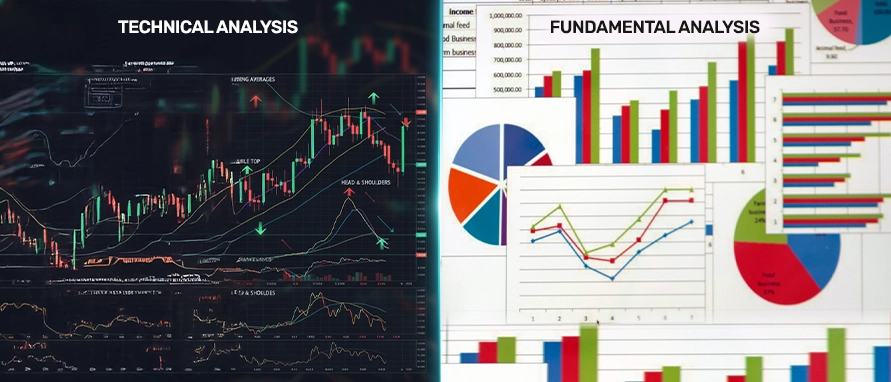
Anshika

Nupur Wankhede

Nupur Wankhede

Geetanjali Lachke

Roshani Ballal

Roshani Ballal

Geetanjali Lachke

Geetanjali Lachke

Nupur Wankhede

Anshika

Nupur Wankhede

Nupur Wankhede

Nupur Wankhede

Nupur Wankhede

Nupur Wankhede

Nupur Wankhede

Nupur Wankhede

Geetanjali Lachke

Geetanjali Lachke

Roshani Ballal

Nupur Wankhede

Anshika

Anshika

Nupur Wankhede

Nupur Wankhede

Nupur Wankhede

Nupur Wankhede

Nupur Wankhede

Nupur Wankhede

Nupur Wankhede

Nupur Wankhede

Nupur Wankhede

Nupur Wankhede

Nupur Wankhede

Nupur Wankhede

Roshani Ballal

Anshika

Nupur Wankhede

Geetanjali Lachke

Nupur Wankhede

Nupur Wankhede

Anshika

Anshika

Nupur Wankhede
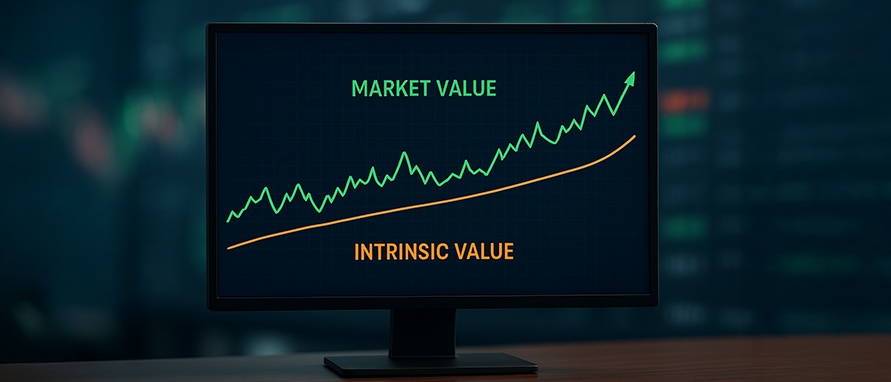
Anshika

Anshika

Nupur Wankhede
.webp)
Nupur Wankhede

Nupur Wankhede

Nupur Wankhede

Nupur Wankhede

Nupur Wankhede

Nupur Wankhede
.webp)
Nupur Wankhede

Nupur Wankhede

Nupur Wankhede

Nupur Wankhede
-in-India.webp)
Nupur Wankhede

Nupur Wankhede

Nupur Wankhede

Anshika

Nupur Wankhede

Nupur Wankhede

Anshika

Anshika

Nupur Wankhede

Nupur Wankhede

Nupur Wankhede

Nupur Wankhede

Nupur Wankhede

Nupur Wankhede

Nupur Wankhede

Nupur Wankhede

Anshika

Nupur Wankhede

Nupur Wankhede

Nupur Wankhede

Nupur Wankhede

Anshika

Nupur Wankhede

Nupur Wankhede
-Meaning-Importance.webp)
Nupur Wankhede

Anshika

Nupur Wankhede
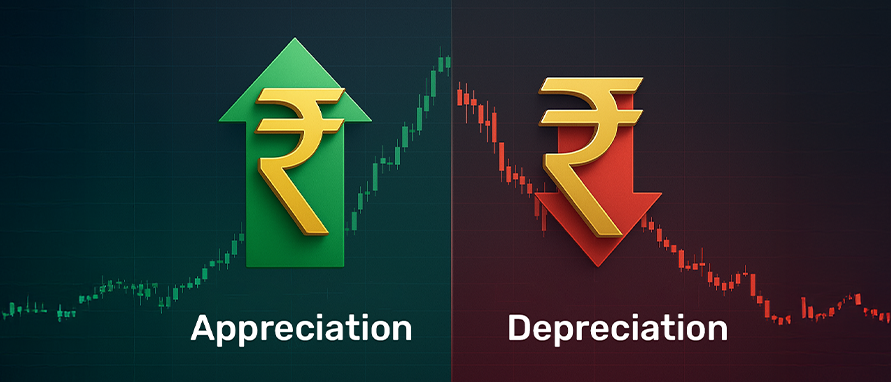
Anshika

Nupur Wankhede
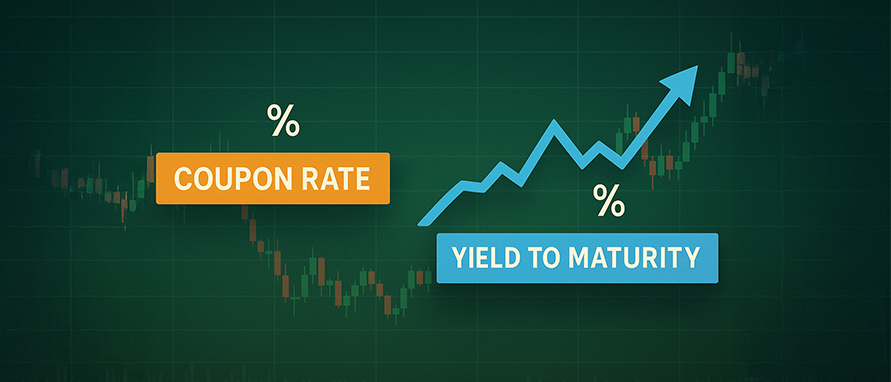
Nupur Wankhede

Nupur Wankhede

Geetanjali Lachke

Geetanjali Lachke

Geetanjali Lachke

Anshika

Anshika

Nupur Wankhede

Nupur Wankhede
-portfolio.webp)
Nupur Wankhede

Anshika

Roshani Ballal

Geetanjali Lachke

Geetanjali Lachke

Geetanjali Lachke

Geetanjali Lachke

Geetanjali Lachke

Roshani Ballal

Roshani Ballal

Geetanjali Lachke

Geetanjali Lachke

Geetanjali Lachke

Roshani Ballal

Roshani Ballal

Geetanjali Lachke

Roshani Ballal

Roshani Ballal

Roshani Ballal

Roshani Ballal

Roshani Ballal

Roshani Ballal

Roshani Ballal

Roshani Ballal

Roshani Ballal









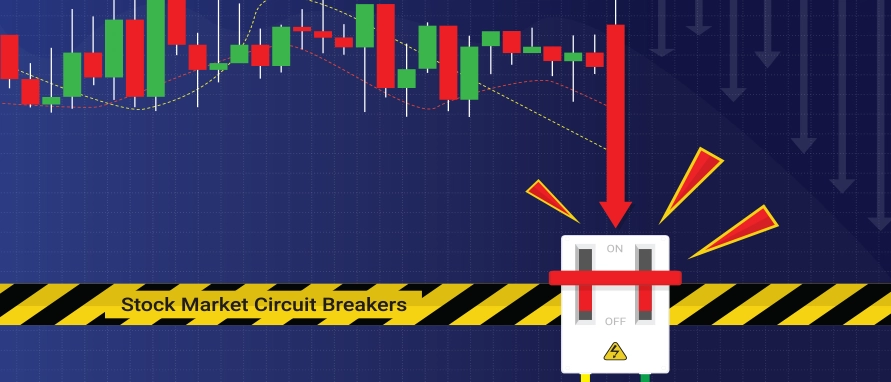



























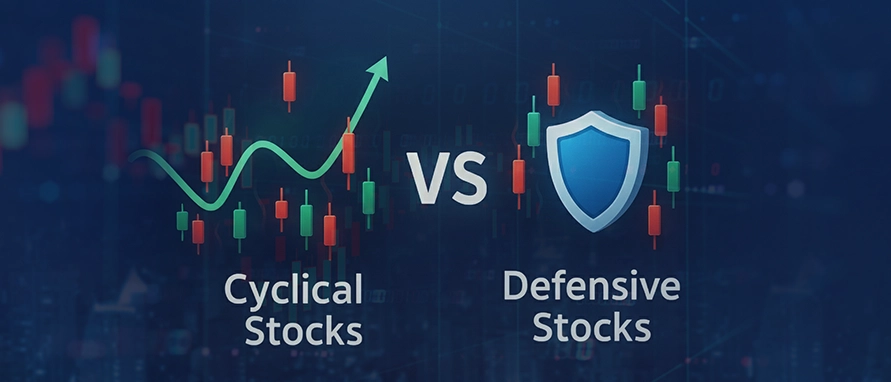






















.webp)



.webp)












.webp)




.webp)




































